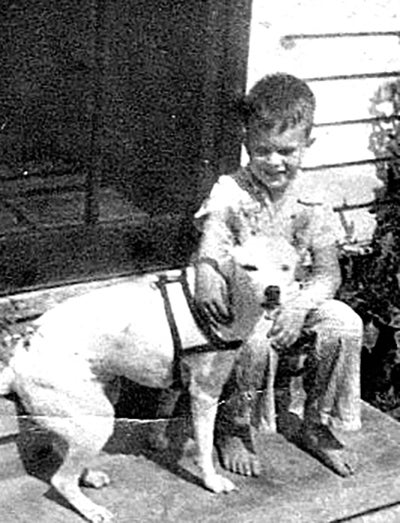And Now You Know: My story of meeting the Atakapas
Published 9:15 am Saturday, November 7, 2020

- And Now You Know
|
Getting your Trinity Audio player ready...
|
After paying a visit to Bruce Lockett at his veteran’s service office in Vidor, I walked outside and saw Janice Shuff, a case worker in the office and a very dark-skinned man talking. As I approached them, I heard them talking about “Atakapas”.
I looked at Janice and said, “I thought the Atakapas were extinct.”
She looked at me and smiled and said, “We don’t look extinct, do we?”
That was the day I started learning about the Atakapa-Ishak Nation.
Janice informed me that the two of them were members of the Atakapa-Ishak Nation and she was the tribal secretary. I left amazed that a group of people I had heard about all my life as being extinct were very much still in existence and active.
The next day I called Janice and asked to talk more about her tribe.
“I can do better than that,” she told me. “I can arrange a meeting with our tribal chief.”
I asked her to please do so and she called me the next day and gave me a name and number to call.
I made the call, it led to my meeting with Edward Chretien, Jr. who had been elected as Principal Chief of the Atakapa-Ishak Nation in May 2012. Each Principal Chief is known as “Chief Crying Eagle.”
I went to his home in Lake Charles and had about a three hour meeting with him. In meeting with my new friend “Chief”, I found that almost everything I had heard or been taught about the Atakapa tribe was erroneous.
R.E. Moore, a historian, had written, “All the Atakapans are gone now, they died out or were absorbed into other tribes in the middle 1800s. It is a shame that we know so little about them.”
Moore’s statement is untrue, far from extinct, there are over 1800 members of the tribe registered. There is a tribal government structure, and the tribe is actively seeking recognition by the federal government.
The Atakapas lived in the marshes and along the waterways around Orange. As settlers appeared in the area the Atakapas moved into other areas. According to Chief Crying Eagle, the Atakapas were not a confrontational people, they would move from lands they had inhabited rather than get into conflict with the newcomers.
There was some interaction with the settlers and there was communication established. As language was exchanged, some Atakapan words came into use by the newcomers and are still in use today. There is a published dictionary of the Atakapan language.
“Calcasieu” is an Atakapan word meaning “Crying Eagle”. “Jambalaya” is also a word from the Atakapan language, as are “Tasso” and “Zydeco”.
At Riverfront Park, in Orange, is a historical plaque with information about the Atakapas. Some of it is not correct. One thing is the spelling of Atakapa. There is also a mention of the tribe being cannibalistic.
I asked “Chief” about the tribe being cannibals. He told me that in the Choctaw language Atakapa means “man eater”. According to tribal history and lore, the two tribes did not always get along and the name may have been given as a sort of “slur.” There is nothing in the tribal history containing anything about the tribe actually being “man eaters.”
In the marshes and along Cow Bayou, there were shell mounds that were the remnants of the places the Atakapans had lived. The mounds, or “middens” were often found to contain remnants of pottery, small arrowheads, and bone fragments.
Shellfish were a large part of their diet and the mounds of shells indicate that they lived in one place for long periods of time. The shells became foundations for the huts they lived in. The huts were a wooden framework covered with grass and reeds interwoven into a covering.
For dress, the men wore breechcloths, and the women wore wraparound skirts. Unless there was a period of cold weather, shirts were seldom worn. They did not paint their faces but did decorate their bodies with tribal tattoos. Headdresses were not feathered, but were roaches made of some sort of stiff animal hair.
They were a gentle people and welcomed newcomers and after a means of communication was established often became teachers and guides.
After meeting Janice Shuff and Edward Chretien, Jr., Chief Crying Eagle, of the Atakapa-Ishak Nation, I felt very educated. I was glad to learn that a group of people who had so much to do with the history of our region had not gone extinct.
“And now you know.”






